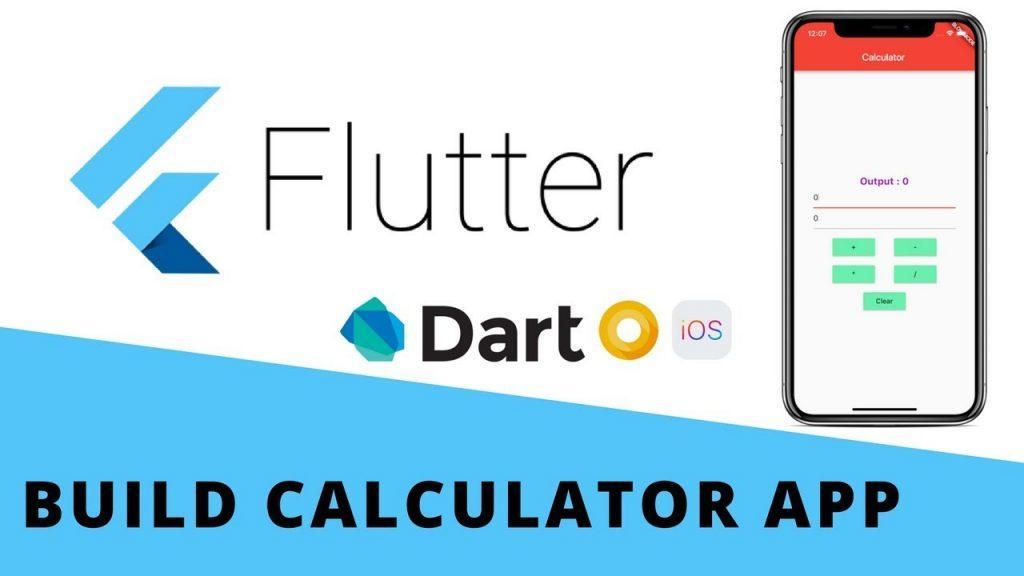


#FLUTTER 3.3 2 ANDROID#
This new release also included Dart 2.18, a programming language for developing powerful apps, that includes the ability to call functions and libraries written in Swift or Objective-C, which are common languages for iOS and Android apps.Īs for showcasing everything in the new and improved Flutter 3.3 with Impeller, the Flutter team has partnered with a design team at gskinner to release a new app to showcase all of the new improvements in Flutter and Impeller.
#FLUTTER 3.3 2 HOW TO#
More information on Impeller’s architecture and how to enable it is available on the developer wiki. Early adopters can try it out right now on iOS without any code changes, other than enabling it with a flag. That reduces what is known as “jank” in apps today, when what should be smooth scrolling suddenly jumps or stutters.Īs a result, Impeller should be able to provide a smooth, almost solid 60 Hertz refresh rate for most apps on mobile, which will be overkill for most productivity experiences and a must-have for any game.Īlthough Impeller is not feature complete yet and still optimizing performance, it is available to developers interested in testing it out themselves. Impeller provides predictable performance across all devices where all graphics compilation happens during build time and not while applications are running and caching is explicit.
#FLUTTER 3.3 2 FULL#
Once it is code-complete, Impeller will replace the previous Skia code with custom code that’s capable of taking full advantage of new chipsets and hardware-accelerated application programming interfaces such as Metal on iOS and Vulkan on Android. It is a significant rewrite of the core rendering layer that currently underlies all of Flutter’s display capabilities. The team has been hard at work improving Impeller, Flutter’s new and improved graphics engine. There are now more than 25,000 Flutter packages available for developers to choose from and the developers using them continue to publish more than 1,000 new apps to the Apple App and Google Play stores every day. It allows developers to rapidly create stunning user interfaces and now includes enhanced support for Material 3 specifications on Android, plus new features aimed at tablets and desktops including handwriting support for tablets.įlutter’s growth has increased since the release of Flutter 3. With Flutter, developers can build one UI for their app that will run and look the same across multiple devices. This release follows up on the latest milestone of Flutter 3 in May, which expanded access for the framework support to macOS and Linux desktops, making it available on six platforms. Google LLC today announced the release of Flutter 3.3, the company’s multiplatform user interface app development framework that is expanding support for even more specifications as the team is focusing on replacing its graphics engine.


 0 kommentar(er)
0 kommentar(er)
